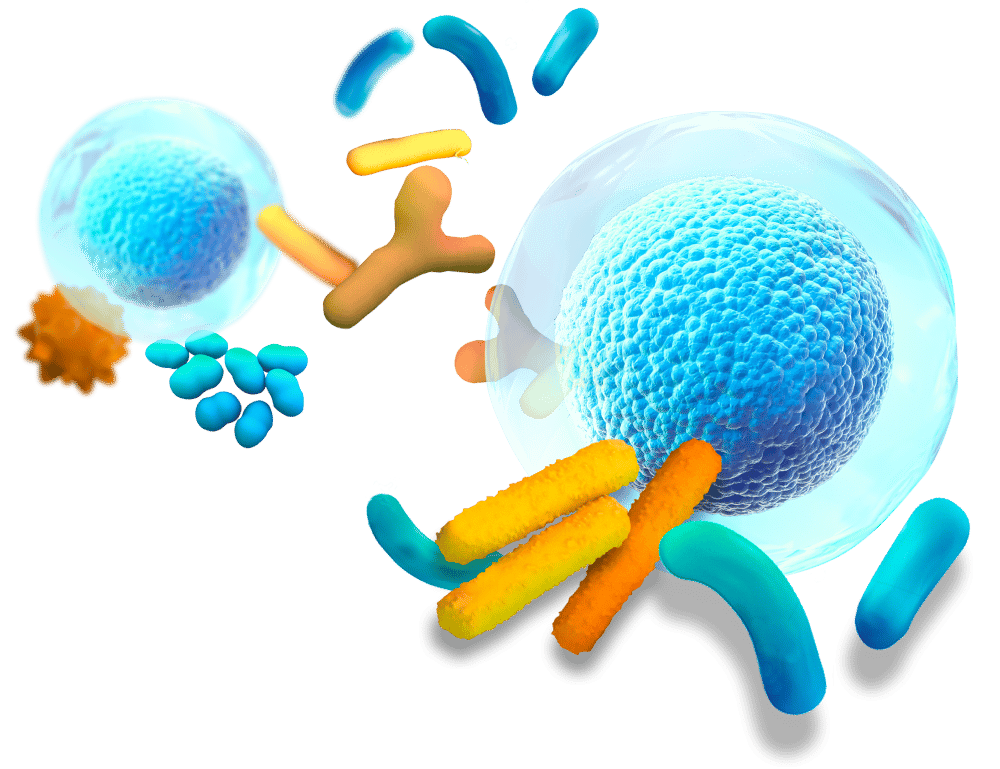No Results Found
The page you requested could not be found. Try refining your search, or use the navigation above to locate the post.

The page you requested could not be found. Try refining your search, or use the navigation above to locate the post.
Research
Categorie
Archives
Currently, the gut is considered a primary site for the development of pathologies that modify brain functions such as neurodegenerative (Parkinson's, Alzheimer's, etc.) and metabolic disorders (type 2 diabetes, obesity, etc). Deciphering the mode of...
The Amazonian forests are home to a shrub, the camu-camu, whose fruit could be of great help in the fight against obesity and metabolic diseases This is described in our latest study published with the A-Mansia R&D team in the journal Metabolites. Overweight,...
Human breast milk (BM) donated to human milk banks is the sole diet for preterm infants when maternal BM is not available Pasteurization of donated breast milk is an essential step to inactivate pathogens to ensure microbial safety for preterm babies. The study of...
The enteric nervous system (ENS) plays a key role in controlling the gut-brain axis under normal and pathological conditions, such as type 2 diabetes (T2D) The discovery of intestinal actors, such as enterosynes, which are able to modulate the ENS-induced duodenal...
In addition to their classical mode of action in the brain, circulating factors may modulate the release of reactive oxygen/nitrogen species (ROS/RNS) from endothelial cells that compose the blood-brain-barrier without entering the brain. Due to their high capacity to...